
Cultural Tour
Tour Code: TABT-005
Debub Omo (or “South Omo”) is a Zone in the Ethiopian Southern Nations, Nationalities and Peoples’ Region (SNNPR). Debub Omo is bordered on the south by Kenya, on the southwest by the Ilemi Triangle, on the west by Bench Maji, on the northwest by Keffa, on the north by Konta, Gamo Gofa and Basketo, on the northeast by Dirashe and Konso, and on the east by the Oromia Region. The administrative center of Debub Omo is Jinka.
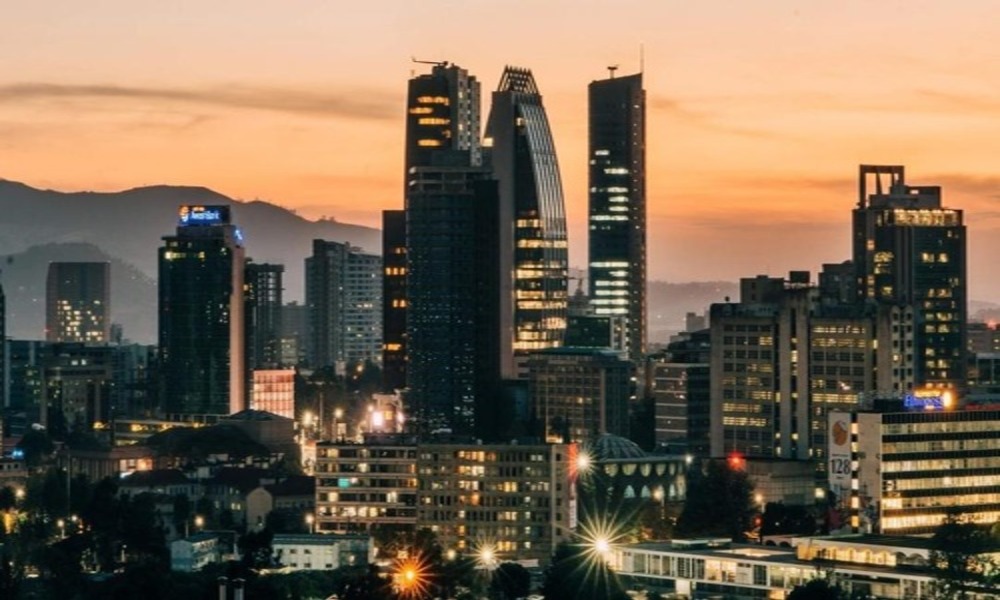
Day 1: Arival Addis Ababa- Addis Ababa city tour
Upon arrival in Addis Ababa, the capital city of Ethiopia, you will begin your journey with a city tour. During the Addis Ababa city tour, you will have the opportunity to visit key landmarks and attractions such as the National Museum, which houses the famous "Lucy" fossil, the Ethnological Museum, and the iconic Mount Entoto. You may also explore the lively Mercato market, one of the largest open-air markets in Africa, to get a glimpse of the bustling local culture and commerce.
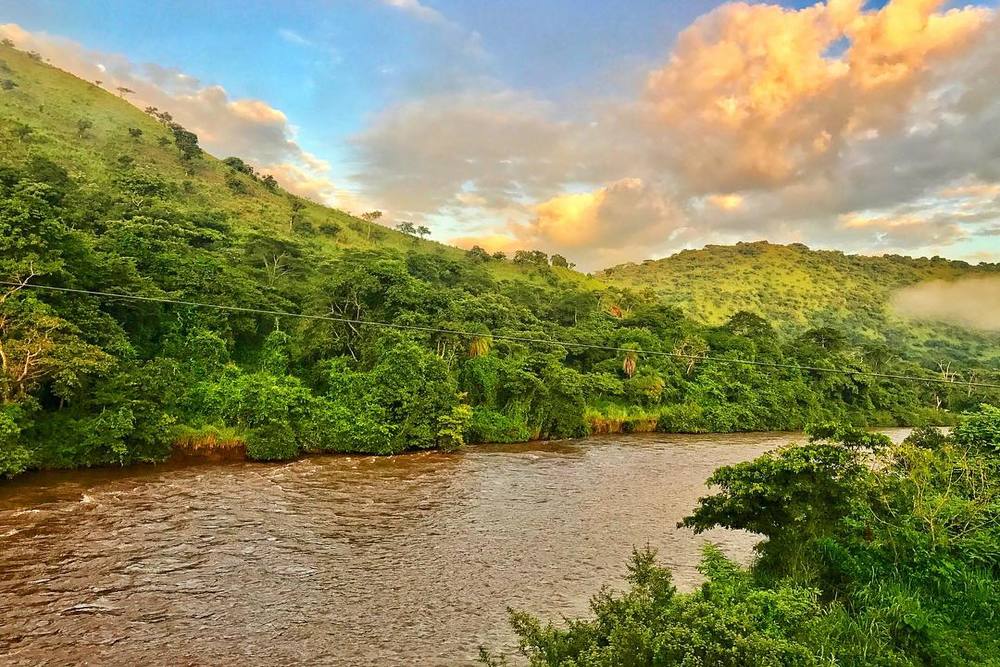
Day 2: Drive to Chebera Churchura Park Overnight Drive to Wolayta Haile resort
In the morning, you will depart Addis Ababa and drive towards Chebera Churchura National Park, located in the southwestern part of Ethiopia. Chebera Churchura National Park is known for its diverse wildlife, including endangered species such as the Ethiopian wolf and the mountain nyala. The park also boasts stunning landscapes, including mountains, rivers, and forests. After exploring the park, you will continue your journey and drive to the Wolayta Haile Resort, where you will spend the night.
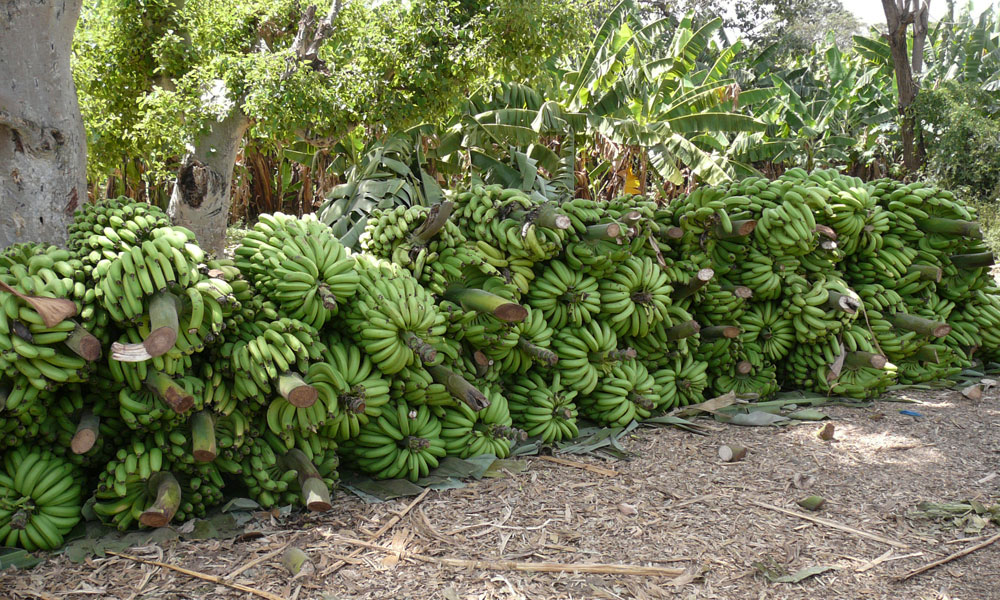
Day 3: Drive Wolayta to Arba Minch
Early in the morning after breakfast drive to Arbaminch which means ‘forty springs’. On the way you will see the Tiya stelae. The site contains 36 monuments, including 32 carved stelae covered with symbols, most of which are difficult to decipher. Overnight hotel.
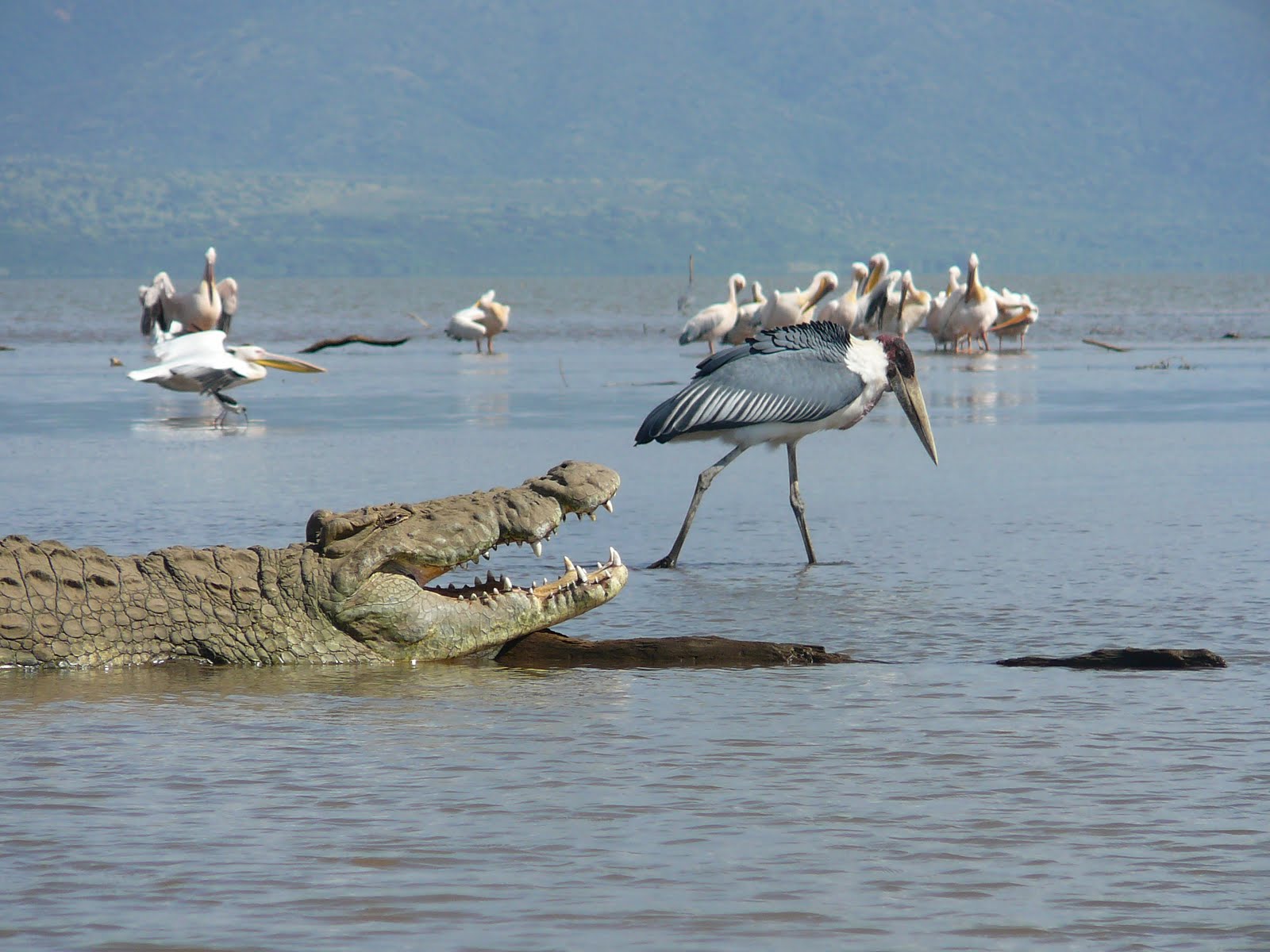
Day 4 Arbaminch – Jinka (250km)
In the morning you will take a boat trip on Chamo lake to visit corocodiles, hippos etc. Drive to Jinka across various ethnic like Tsemay and Bena. Continue driving to Jinka with a stop at Tsemay and Bena village. If it is Thursday; you will visit the spectacular Key Afer market where different Omo valley ethnic group meet in harmony. Overnight: guest house.
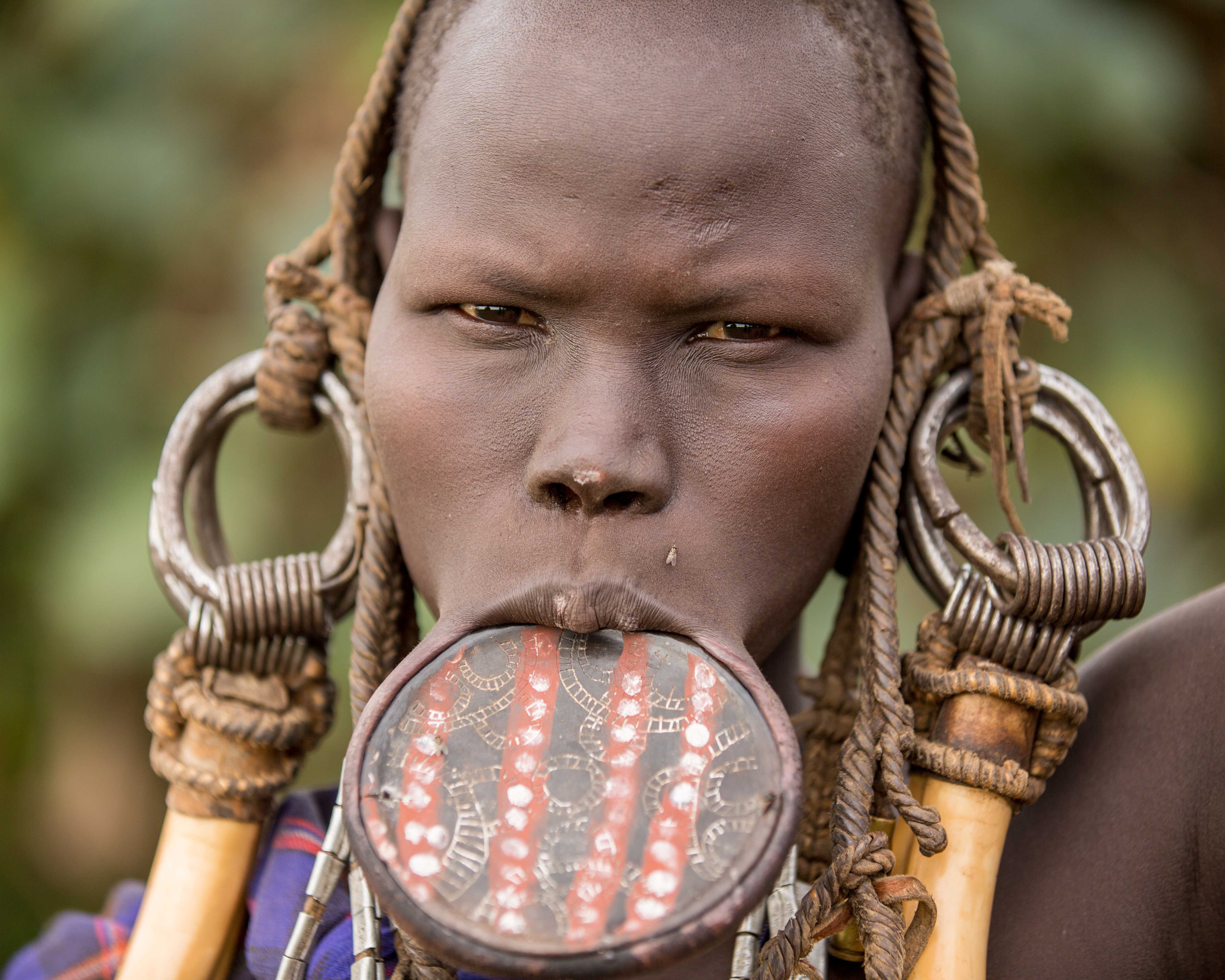
Day 5 Jinka- Mursi – Jinka(64km)
Drive from Jinka Excursion to the Mursi people via Mago National Park. These people are curious and famous in that the women wear geometrical lip plates in the slits of their lips and in the afternoon you will visit the Ari tribes whose women are known for selling pottery and wearing skirts made from banana trees called Enset. Tribe members wear a lot of jewellery and have many piercings in their ears. They wrap beads and bracelets around their arms and waist for decoration. This day is market day so you will also see the Jinka market with different tribes. Overnight: guest house.
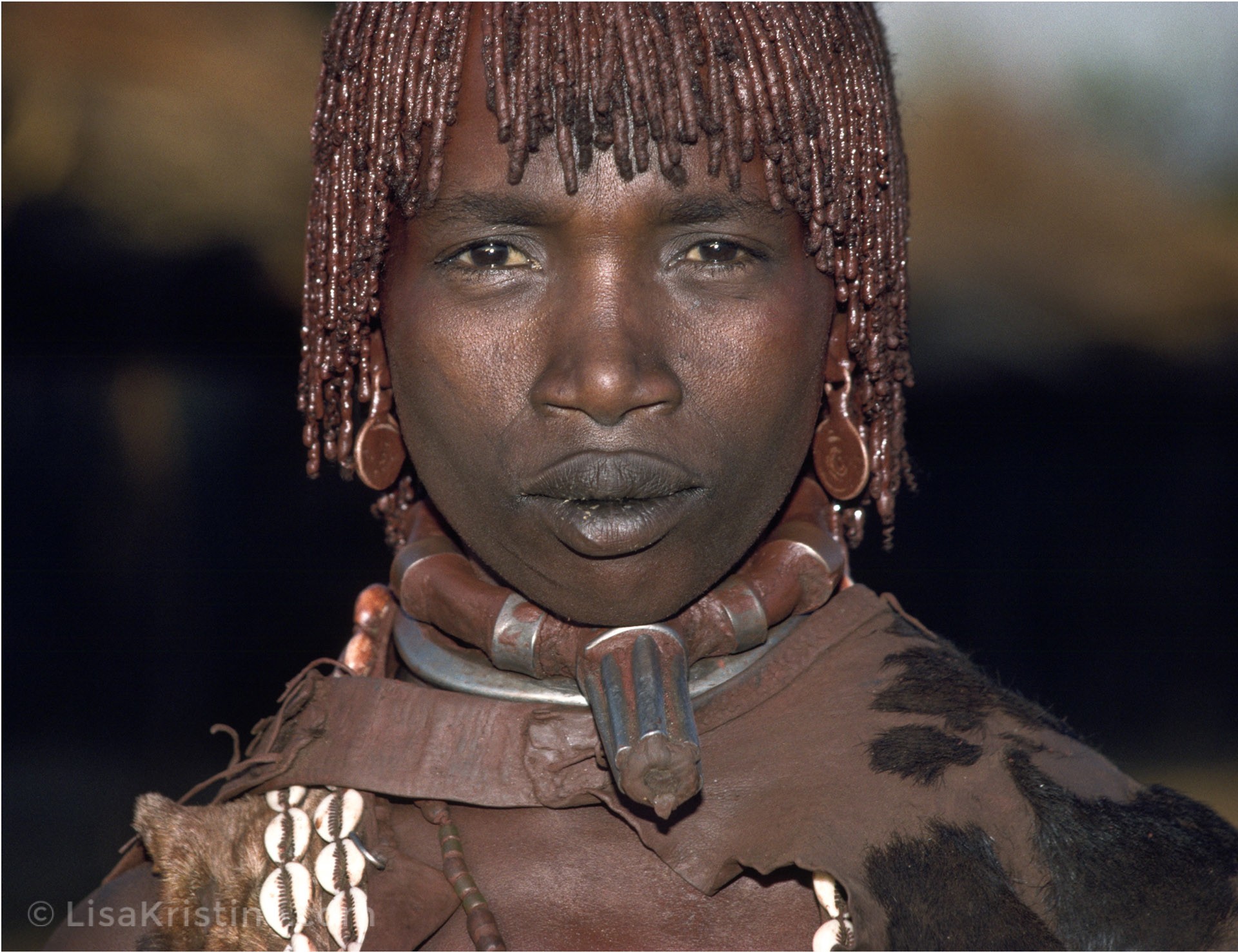
Day 6 Jinka - Turmi (125 km)
This day drive to Turmi via different small villages. Overnight camping as Buska Lodge.
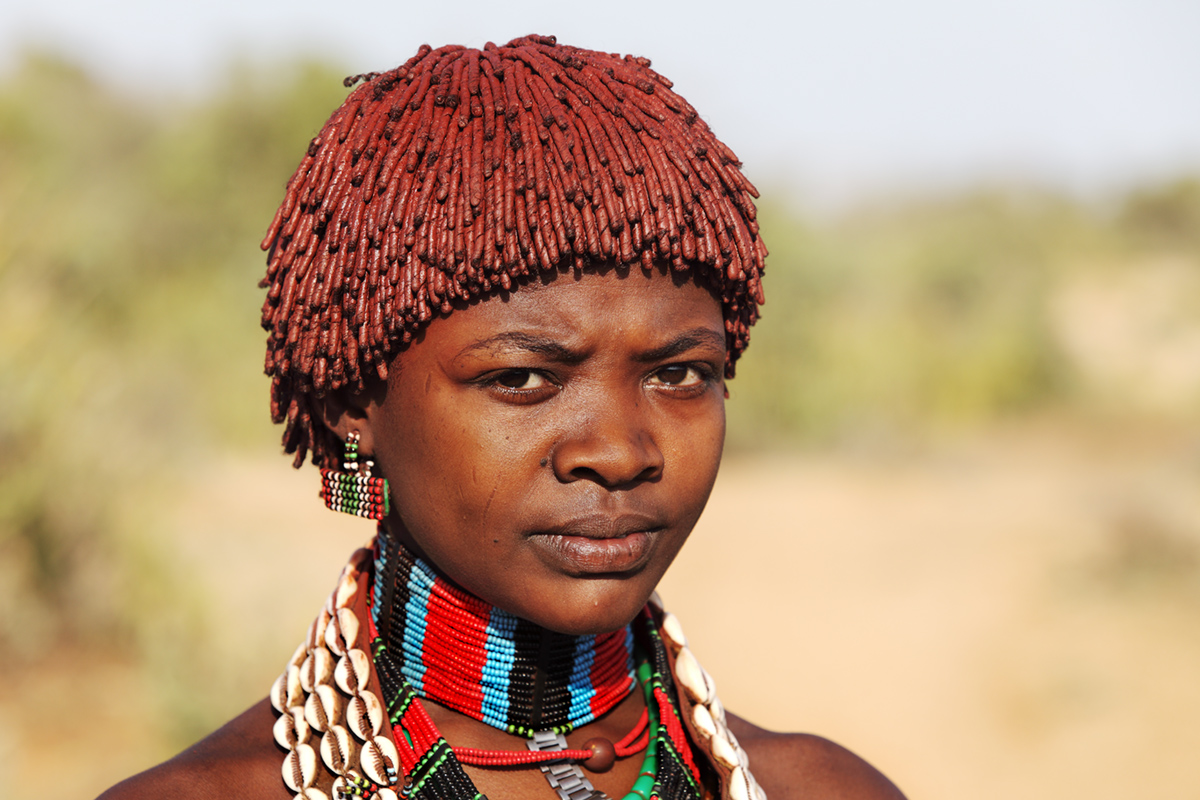
Day 7 Turmi –Omorte(72km)
Drive to Omorate for a visit of Dasench people with a wooden boat crossing the Omo River and this day is a market day so you will visit the Turmi market. Late in the afternoon drive back to Turmi. Overnight camping at Buska Lodge.

Day 8 Turmi – Arbaminch (260km)
Today is a market day at Alduba. It is a big market where different tribes gather. After visiting this market you will drive to Arba Minch via Konso for visit of UNESCO world heritage site of Konso (well known for their terracing system for more than 800 years). Overnight: Ezana Hotel.
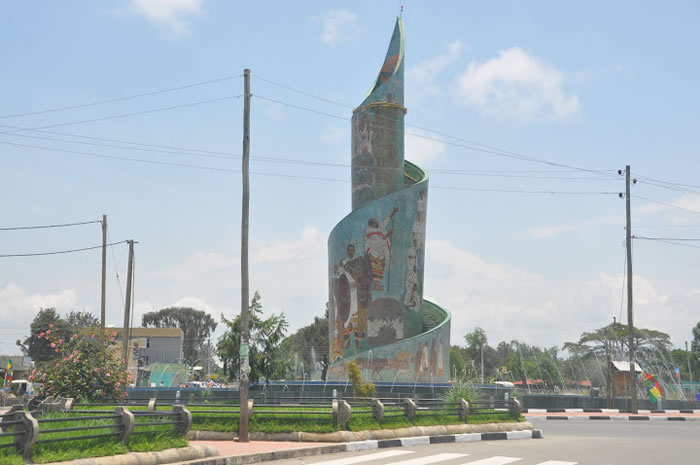
Day 9 Arbaminch- Hawassa (335km)
Early in the morning you will visit the dorze people who are well known cotton weavers, the Dorze tribe were once warriors. They are famous for their cotton woven cloths and beehive huts. The Dorze people live in large communities north of Addis Ababa. They cultivate their own food and prevent erosion by terracing along the mountainside. In their farmlands, the Dorze will grow highland cereals. They also grow spices, vegetables, fruits and tobacco within their compound. . The Dorze people wear colorful toga robes called shammas. They are very popular throughout Ethiopia. Dorze hut is made up of hard wood poles, woven bamboo, enset and other natural materials. Then drive to Hawassa.over night (Pina Hotel)
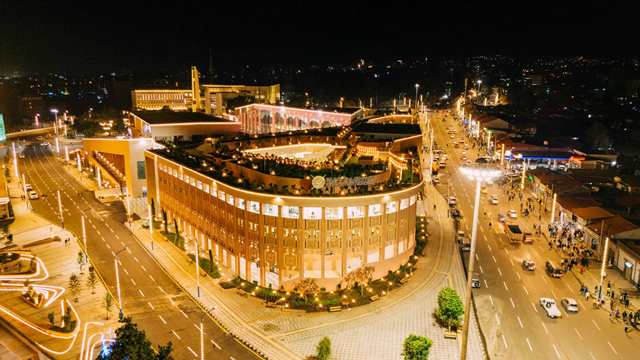
Day 10 Hawassa- Addis Ababa (270km)
Option 1: In the morning you will visit the spectacular lakes and fish market which is found in the city then drive back to Addis Ababa. Option 2: Fly to Addis Ababa (Overnight in a hotel) End of the tour
